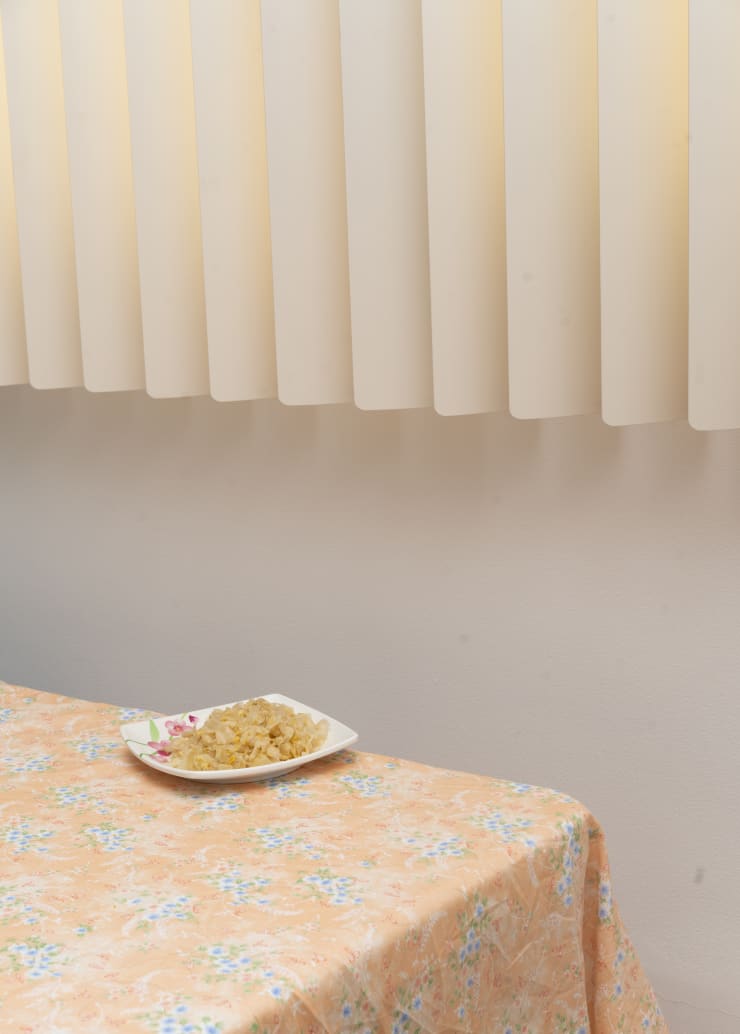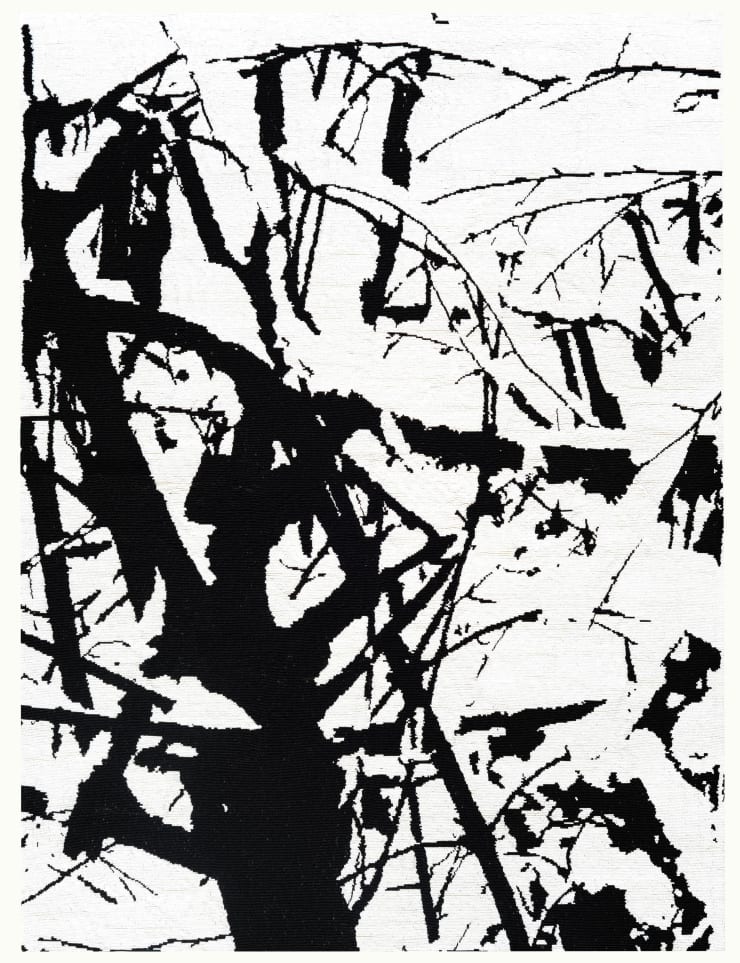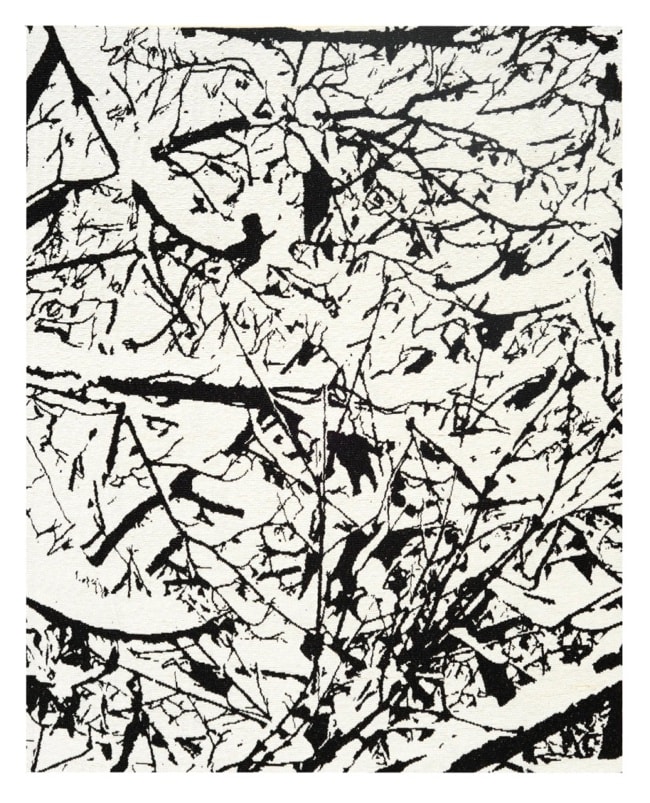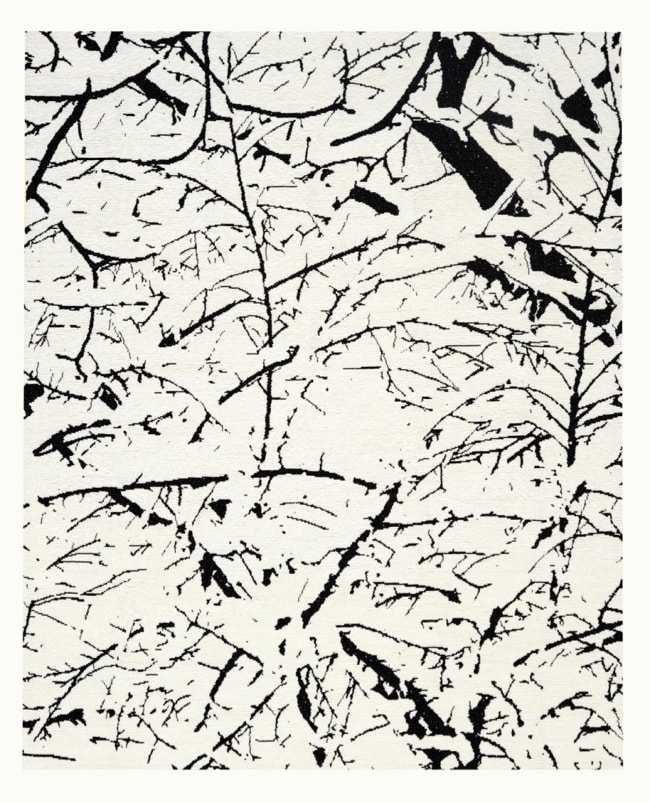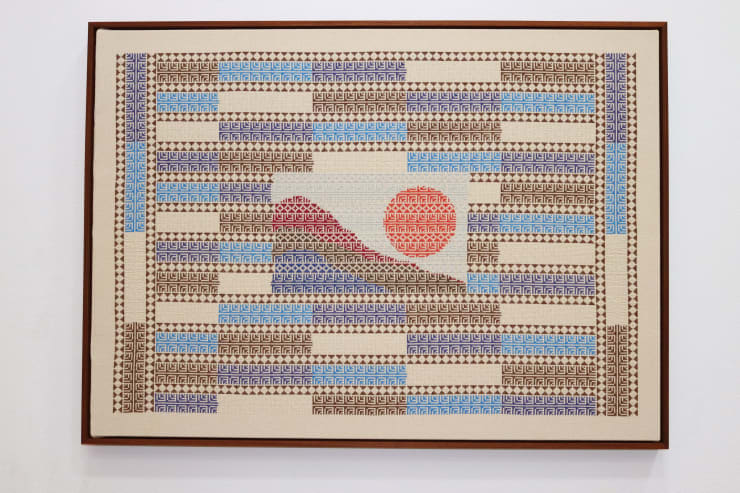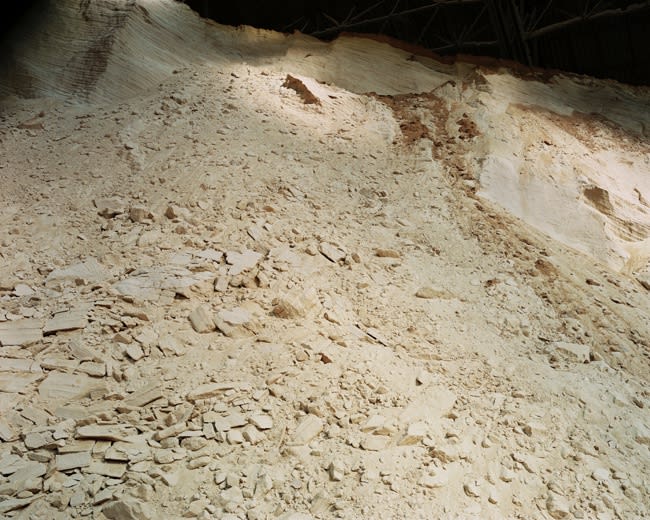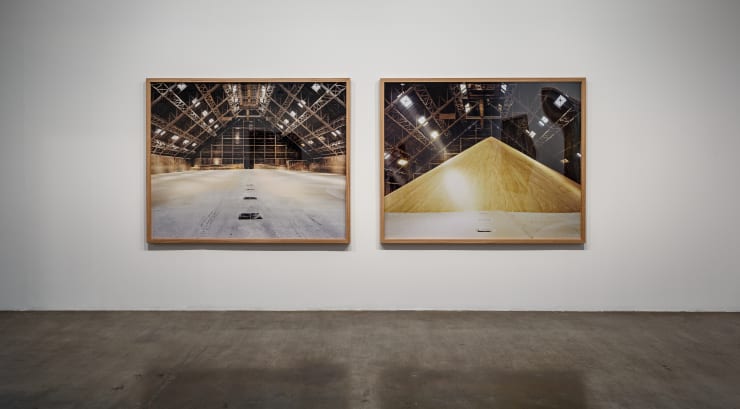Preview: 15 & 16 November 2021
The Third Line is pleased to announce its participation in the 13th edition of Abu Dhabi Art with a group presentation of works by Farah Al Qasimi, Farhad Moshiri and Jordan Nassar. This year’s presentation is a myriad of different styles, with each artist using colour, form and medium to address identity, boundary and cognitive realities. Also at the fair, Zineb Sedira is participating in Abu Dhabi Art's In And Around sector.
Farah Al Qasimi's new body of work Imitation of Life – which was first shown as part of the Louis Roederer Discovery Award in Arles 2021 – challenges the viewer's notion of engaging with personal and public spaces and perfectly captures the seemingly incongruent layers of life in the UAE. Welcoming viewers on an intimate journey into her personal life, Al Qasimi presents a colourful glimpse into life of a UAE local and brings to light the nuances that one experiences in a country younger than 50 years.
This body of work also underlines Al Qasimi's use of photography as a medium. By revealing keen details about the artist's life whilst never revealing the characters that inhabit the spaces she shares, Al Qasimi's photographs invite you to sense the boundaries that govern the scenes which they glimpse.
Farhad Moshiri's imagery moves between the real and the imagined, and continues to provide a crit-ical commentary on the East-West dichotomy, which is ever present in the artist’s practice. Adopting Moshiri's signature technique of hand-embroidery beads to form reproductions of photographs, the works on show are particularly special as for the first time they are created using the artist's own photographs as subject matter. The monochromatic First Snow series illustrate photos of a heavily snowed-in landscape outside of Moshiri's studio in Lavasan, a city near Tehran. This change in image sourcing marks a subtle shift in the way the artist employs visual vocabulary in his work, blurring the lines of representation from the two different worlds – those from his photographs, and those existing in the found images.
Due to the stark black and white contrast and the zoomed-in view, the works appear as abstract ren-ditions at first, and are evocative of ink drawings. This style harks both to the artist’s early fascination with Abstract Expressionism as well as his later work with Iranian calligraphy. It is through navigating the viewer’s position from the canvas that the image appears, sometimes suddenly, of tree boughs and branches stripped of their leaves and weighed under soft mounds of fresh snow. These works are created with pearl beads that lend a dreamlike luminescence to the images.
Jordan Nassar's works explore the intersections of craft, ethnicity, and the embedded notions of her-itage and homeland. The work on view was executed in collaboration with craftswomen living and working in Hebron, where embroidery skills have been passed down for generations. The women selected the colours and stitched the pattern, after which Nassar filled in his landscape – juxtaposing local traditions of making with Nassar's western painterly aesthetic. Approaching traditional craft more as a medium than a topic, such incongruous stylistic coexistence metaphorically embodies the con-trast between what Nassar – who is of Palestinian decent but was born and raised in New York City – refers to as his ‘Palestinian-ness’ and his out-of-place feeling while in Palestine.
Created from his imagination, Nassar's meticulously hand-stitched compositions of landscapes are versions of Palestine as they exist in the minds of the diaspora. His spaces are dreamlands – utopian visions of Palestine.
Abu Dhabi Art's special installation section, In and Around, will include works by Zineb Sedira; Sugar Silo (Diptych), 2013; Sugar Routes (4), 2013; and Sugar Surface (1), 2013. These photographs document the economic, political and geographical movements around sugar trade. Sedira traced and documented the movement of sugar, starting its journey from locations across the world, and ending in the Port of Marseille, to form the sugar silos of St. Louis Sucre. The warehouse storage rooms become backgrounds to a new kind of landscape, where the heaps of different coloured sugar resemble mountains. After filtering, the sugar is packaged off as a global commodity, its own local identity being lost somewhere along the trade routes. However, the sugar leaves behind traces of its presence on the walls that temporarily house it. These are documented by the artist as symbolic commentary on human mobility, presenting concepts of legacy and its transmission, and mankind’s impact on his environs.




